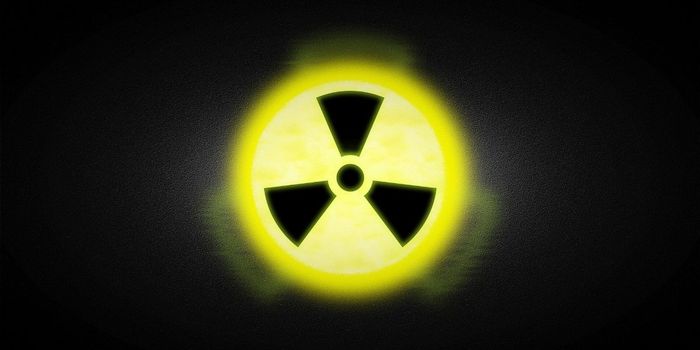As the summer continues to heat up, more and more people are flocking to the great outdoors to soak up the sun. But fun in the sun can turn deadly if a heat stroke occurs and isn't treated properly.
A heat stroke is a condition when the body's core temperature reaches 104 degrees Fahrenheit and above. At this high temperature (more than 5.4 degrees Fahrenheit above our normal body temperature), the brain and other vital organs begin to sustain damage. In fact, heat strokes are considered the most serious form of heat injury and must be treated as a medical emergency. Without prompt and proper treatment, permanent brain damage and death could result in a short period of time.
Heat strokes are more common in the warmer weather. Some groups of people are more prone to heat strokes. These include athletes, outdoor workers, infants, and the elderly. Of note, young children are especially susceptible to heat strokes. It's estimated that 37 children die every year due to being trapped in vehicles.
Preventative measures include never leaving infants and children in cars unattended. Furthermore, when it is hot outside, everyone should be drinking plenty of fluids. And if possible, avoid extended periods of time in the heat, and have access to some ways to cool off.








